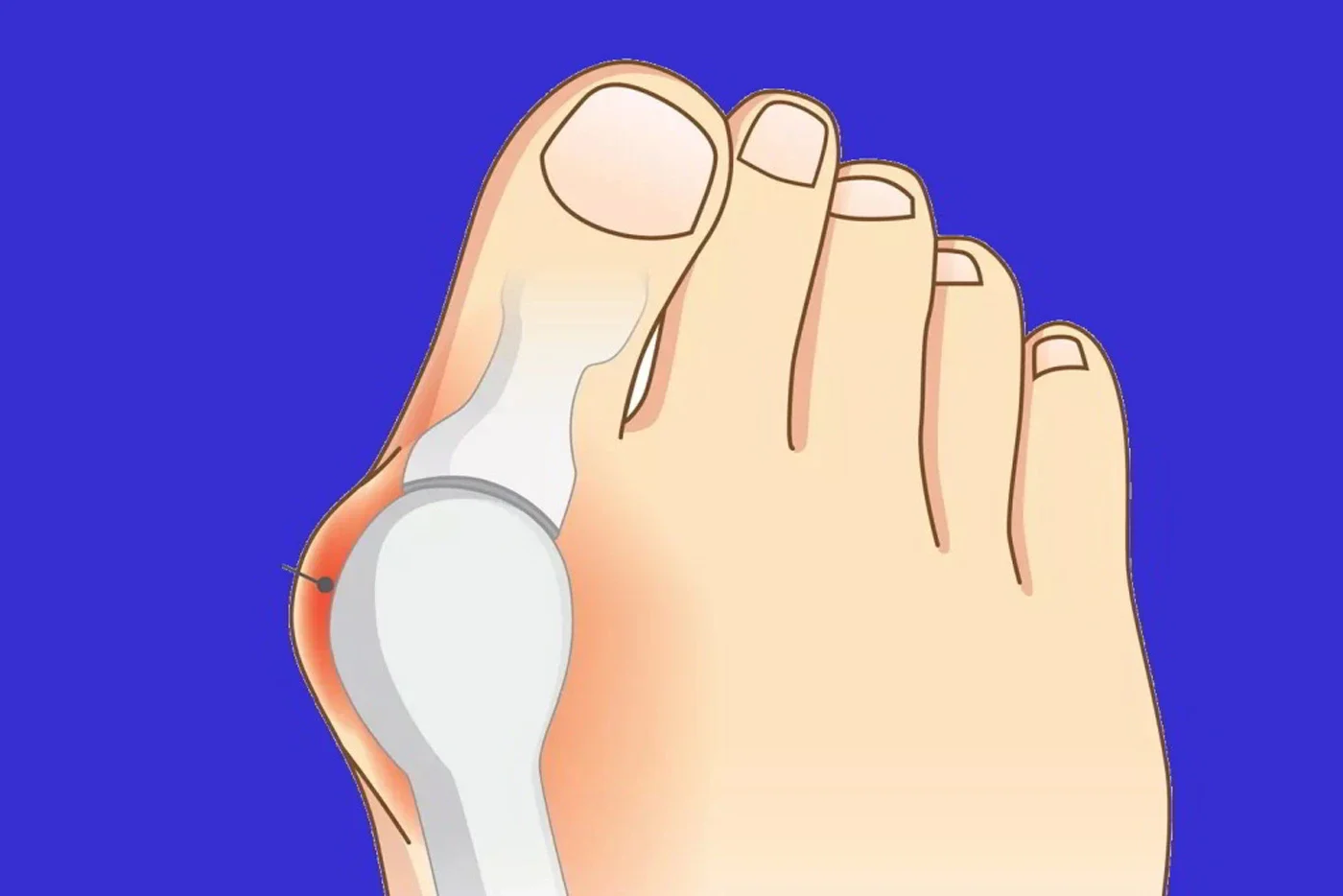Hallux Valgus
- Acromioclavicular Joint Dislocation
- Achilles Tendon Injuries
- Ankle Problems
- Cruciate Ligament Injury
- Orthopedic Problems of Dancers
- Knee Problems
- Ganglion Cyst
- Hallux Rigidus
- Hallux Valgus
- Carpometacarpal Joint Arthritis
- Meniscus Tear
- Orthopedic Problems of Musicians
- Olecranon Fracture
- Shoulder Dislocation
- Shoulder Problems
- Osteoartrit
Contact Us
You can contact us to answer your questions and find solutions for your needs.
M. Tibet Altuğ M.D. Contact
M. Tibet Altuğ M.D.
Hallux Valgus
In addition to heredity, Hallux Valgus can also develop as a result of rheumatoid arthritis, certain connective tissue disorders, and cerebral palsy.
In addition to heredity, Hallux Valgus can also develop as a result of rheumatoid arthritis, certain connective tissue disorders, and cerebral palsy.
This deformity, which can be defined as the deviation of the big toe outward, is more commonly seen in women. About 70% of individuals with this condition also have a family history of the same problem.
Besides genetic factors, it may also arise due to rheumatoid arthritis, certain connective tissue diseases, or cerebral palsy.
Patients often complain of pain, redness, numbness in the big toe, and callus formation on the inner side of the foot caused by a bony protrusion when wearing shoes.
During evaluation, a careful physical examination should be accompanied by weight-bearing X-rays of the foot.
In non-surgical treatment, appropriate footwear and devices that help correct the alignment of the big toe are used.
Flatfoot and calluses may also be present alongside hallux valgus. These factors should be considered when prescribing orthotic devices.
Surgical treatment should target the specific area causing the deformity in the foot.

